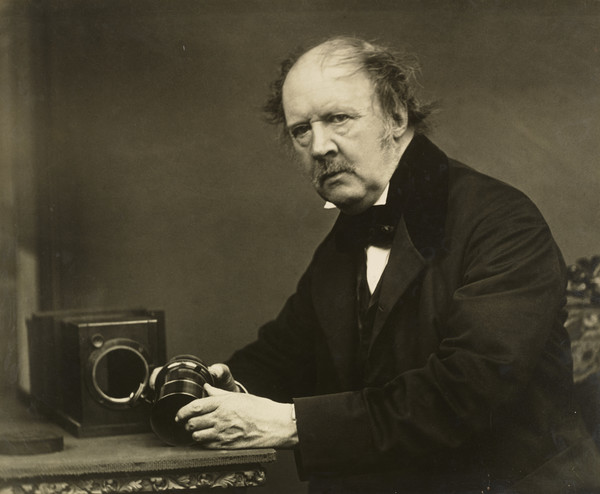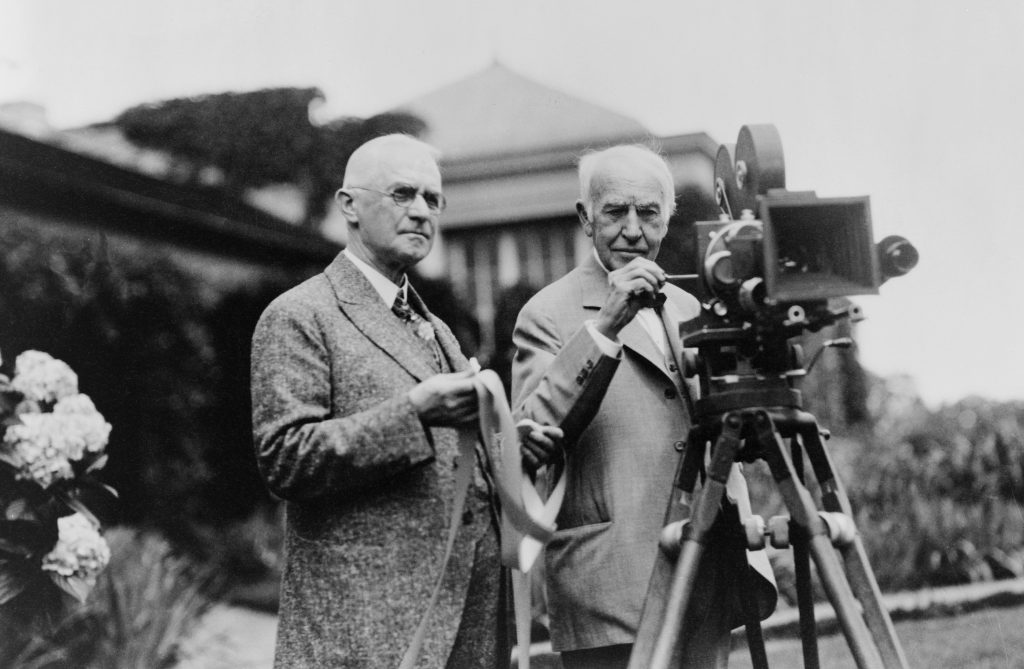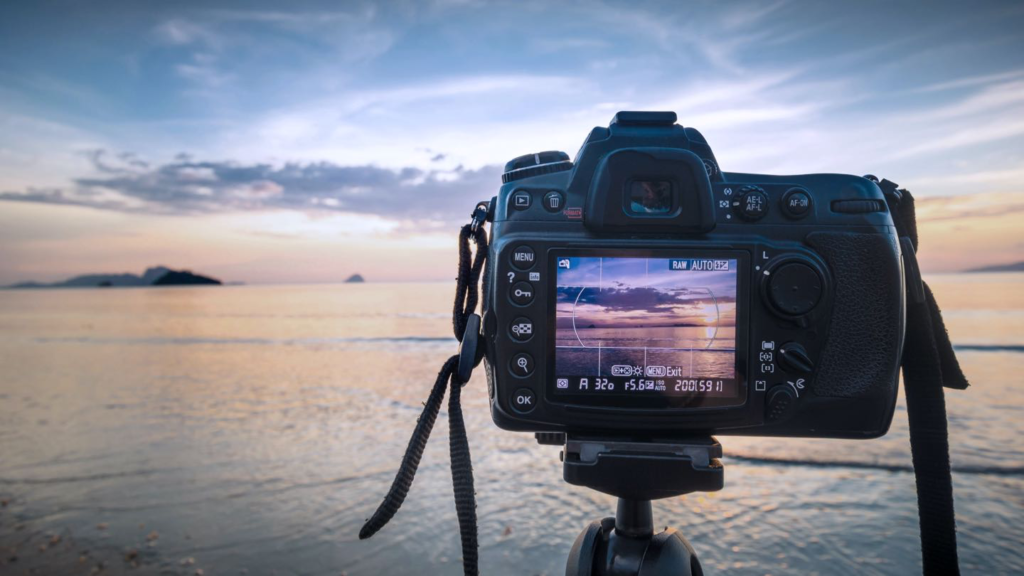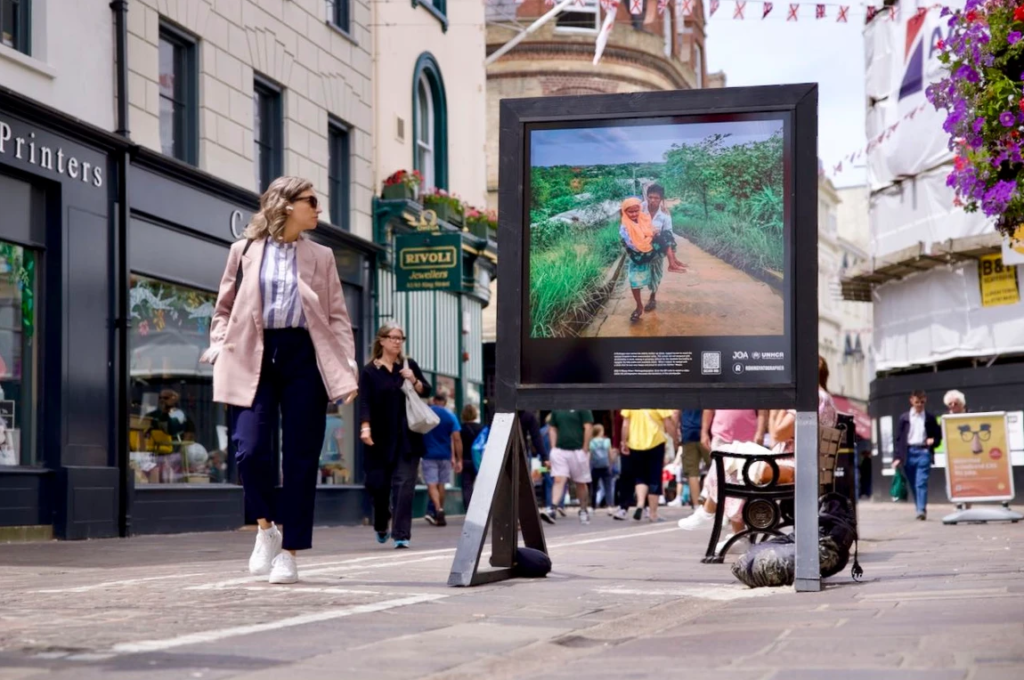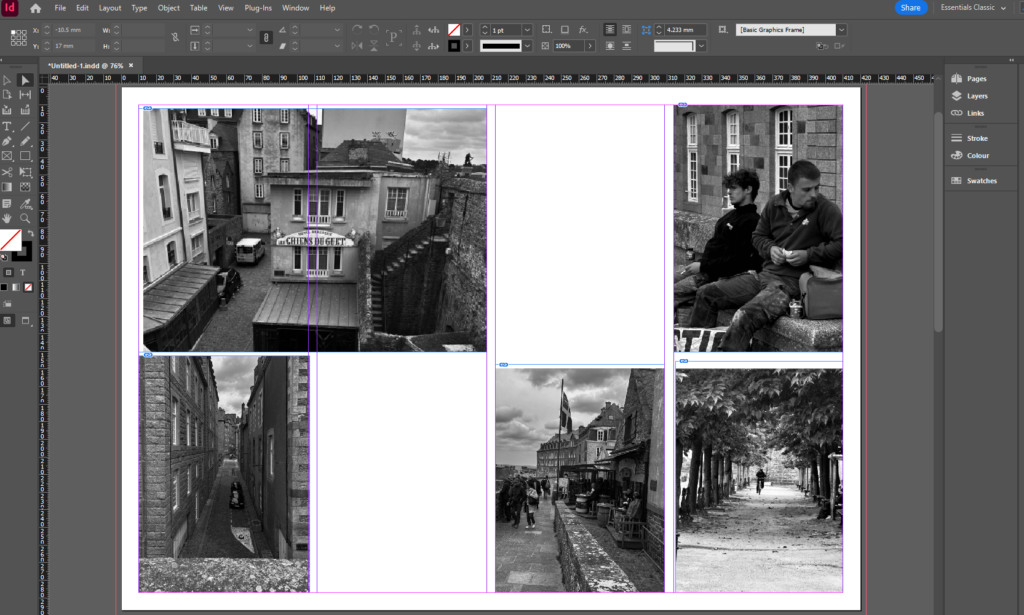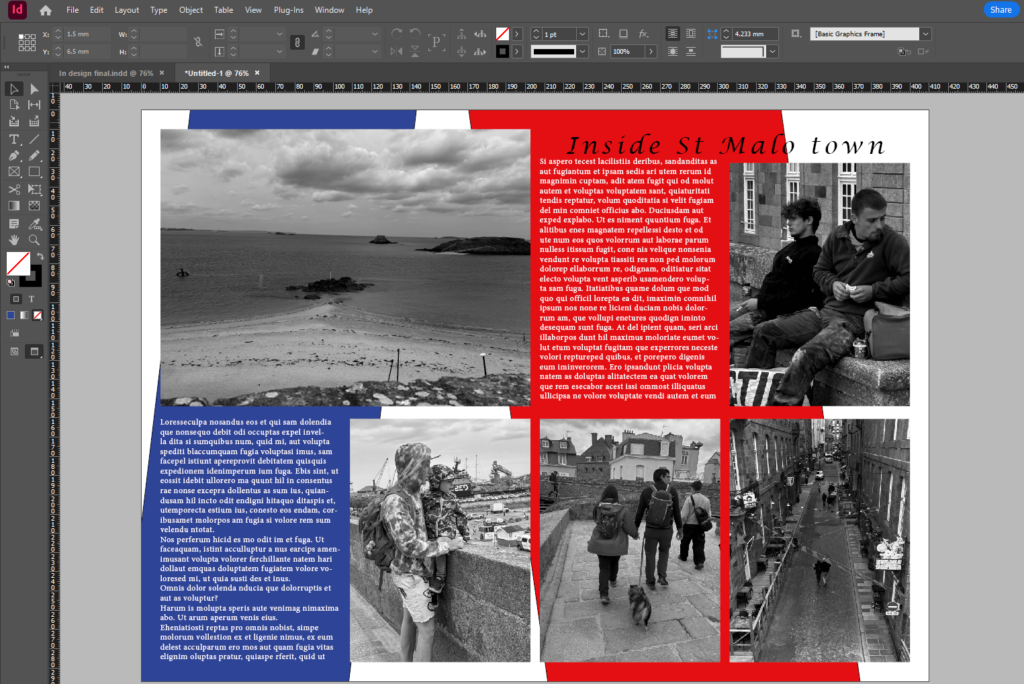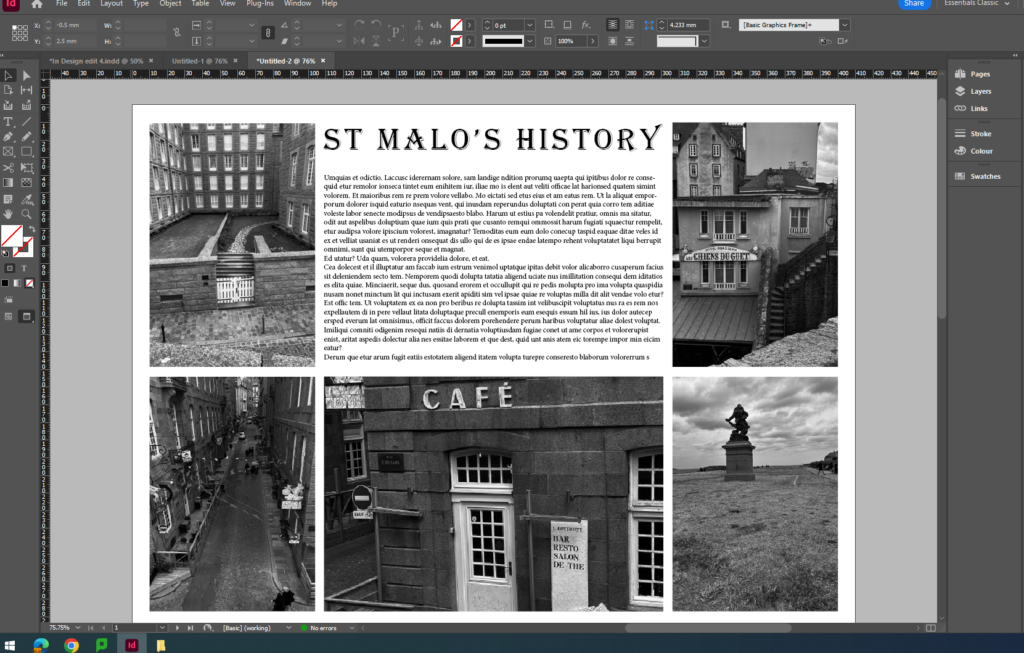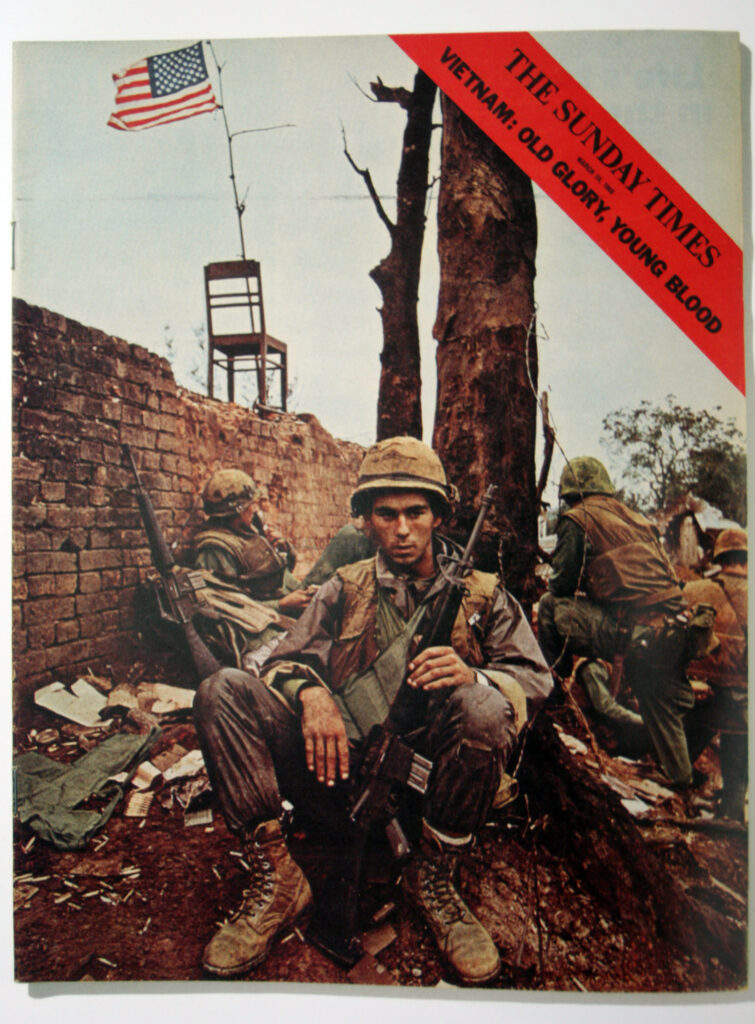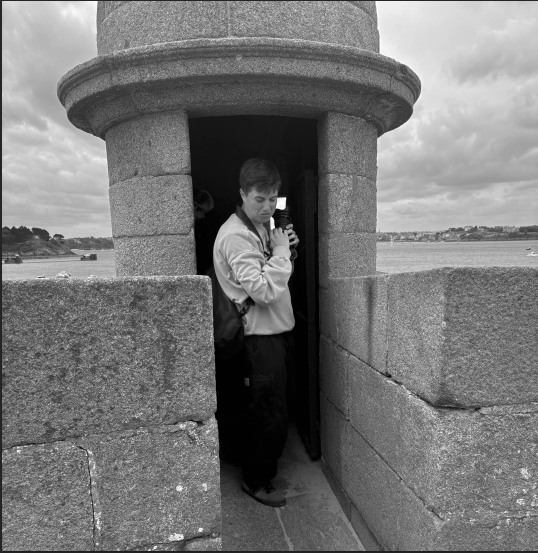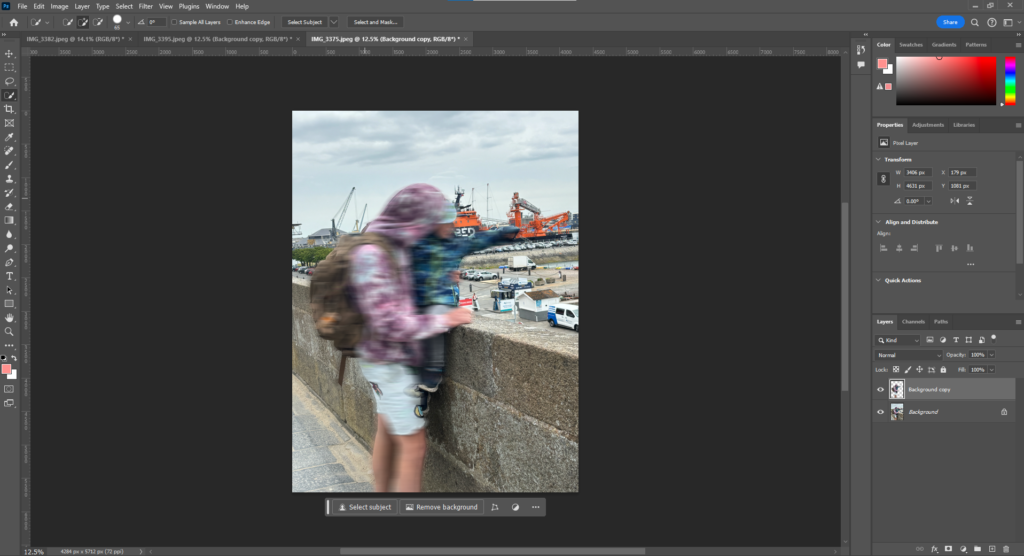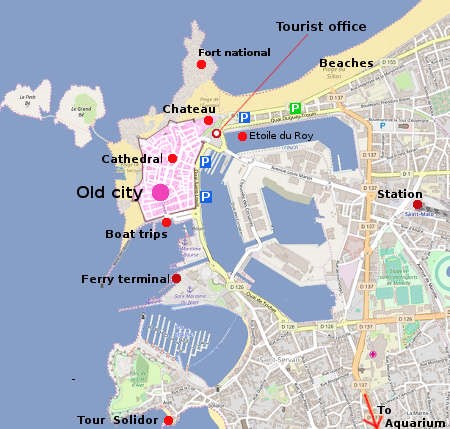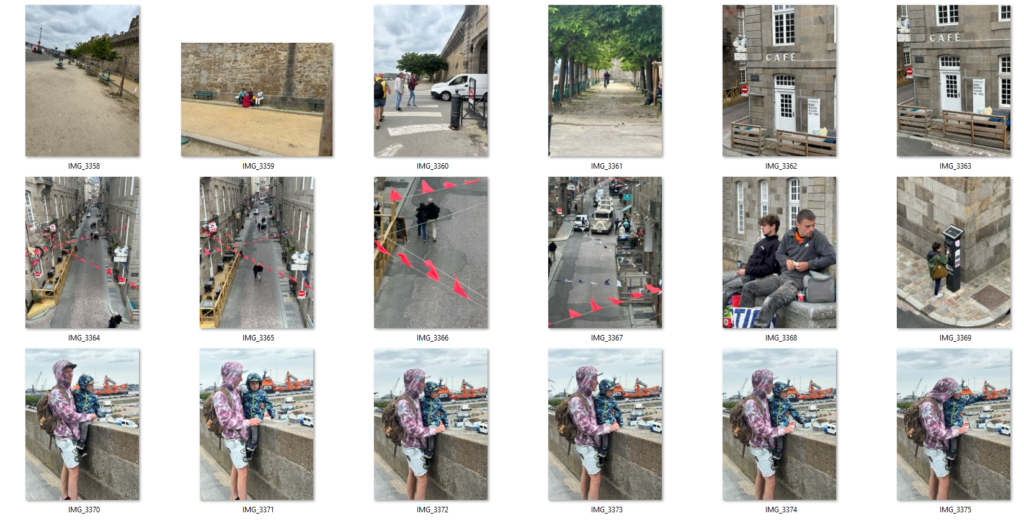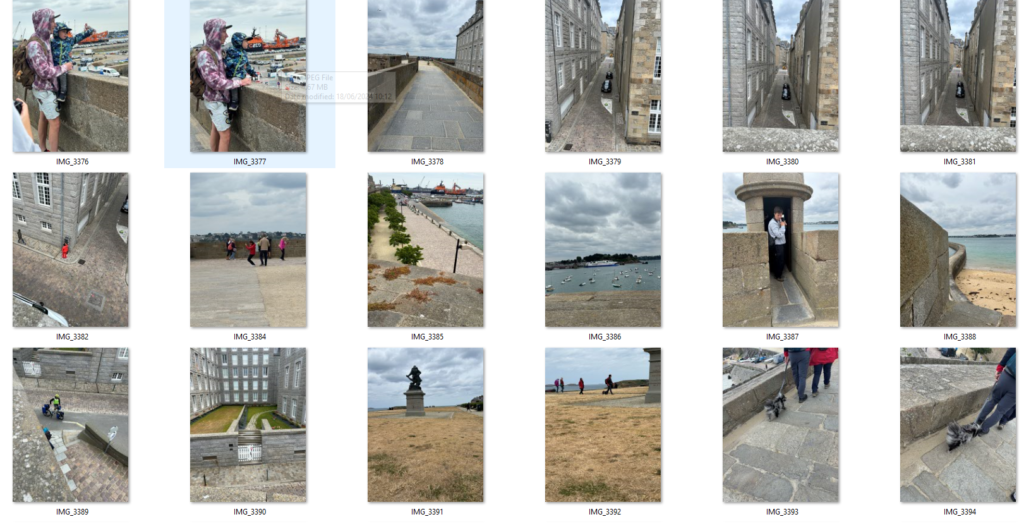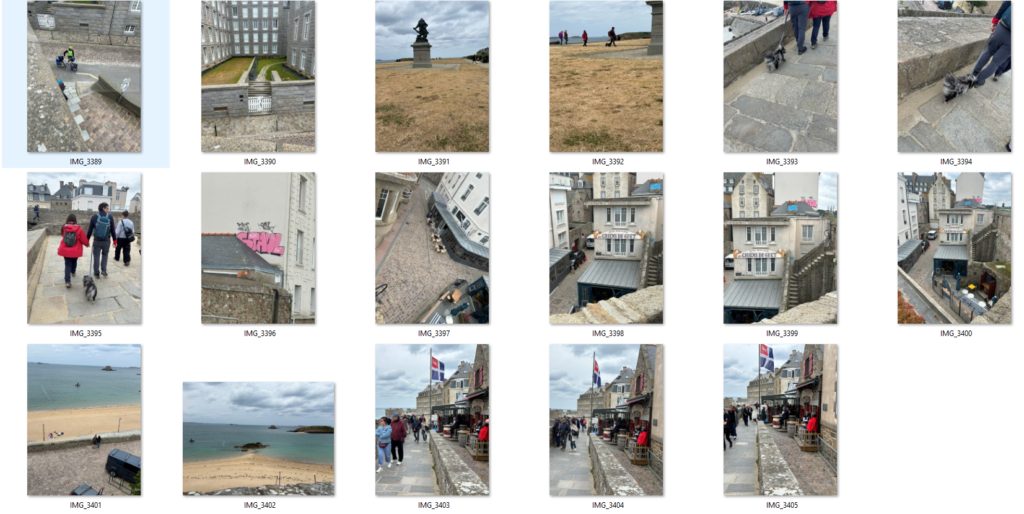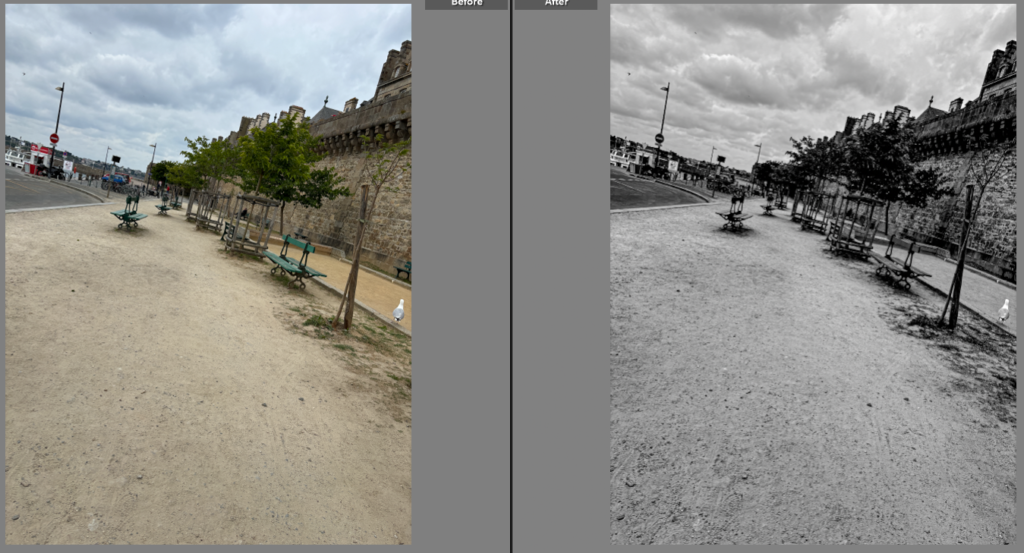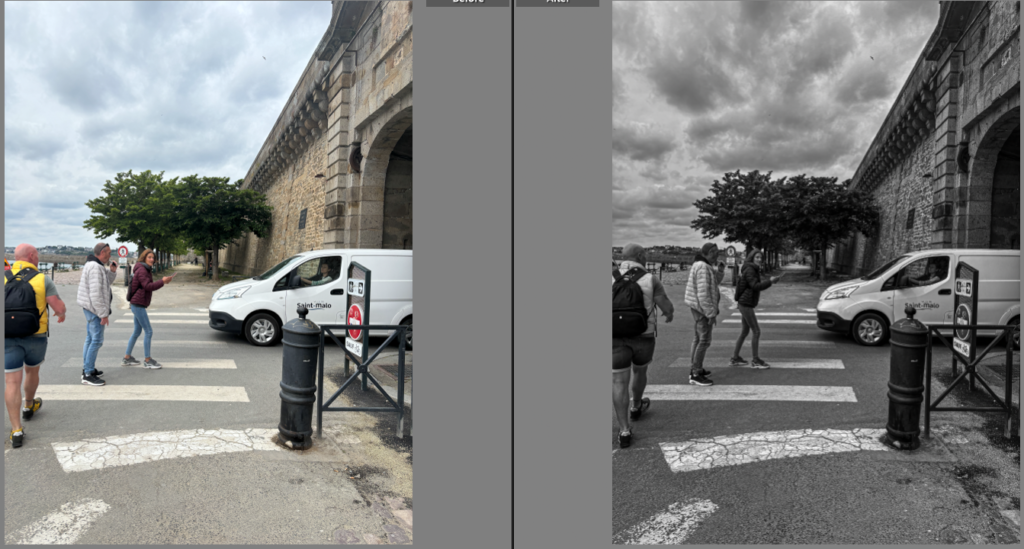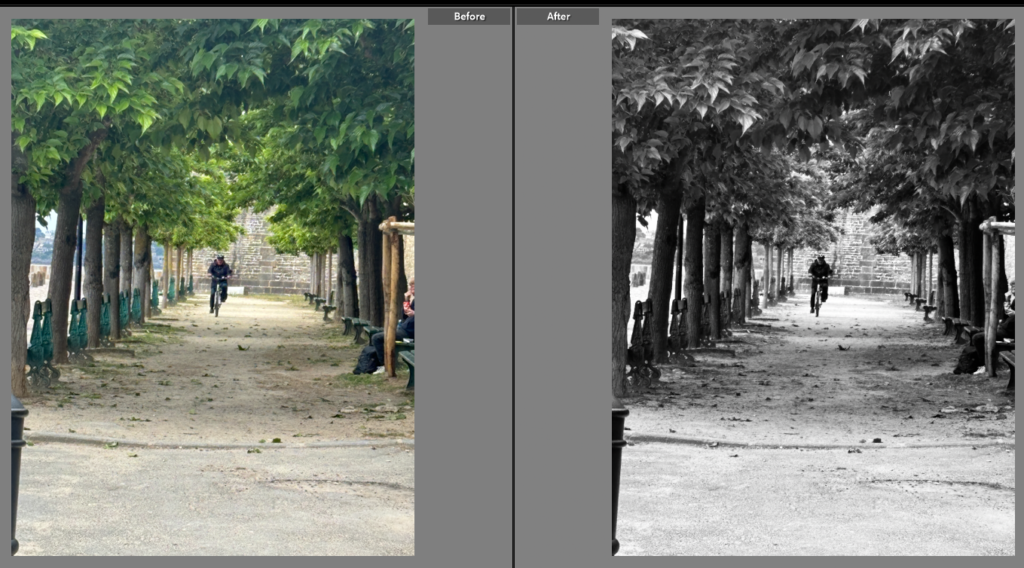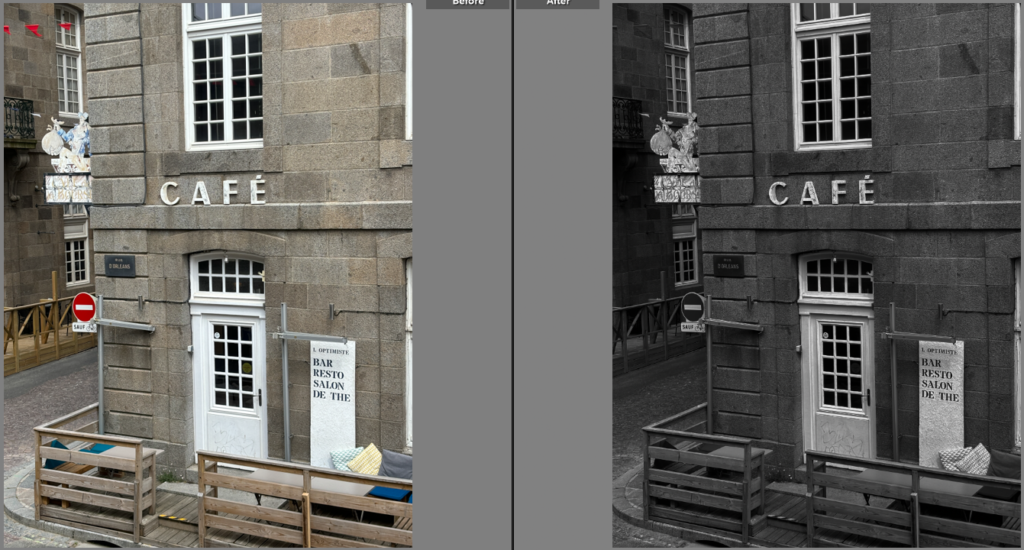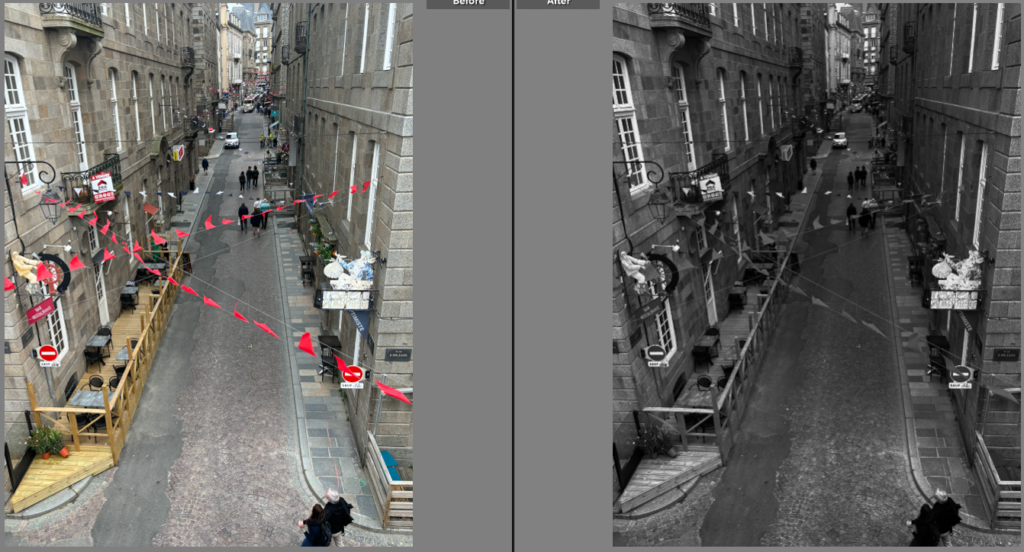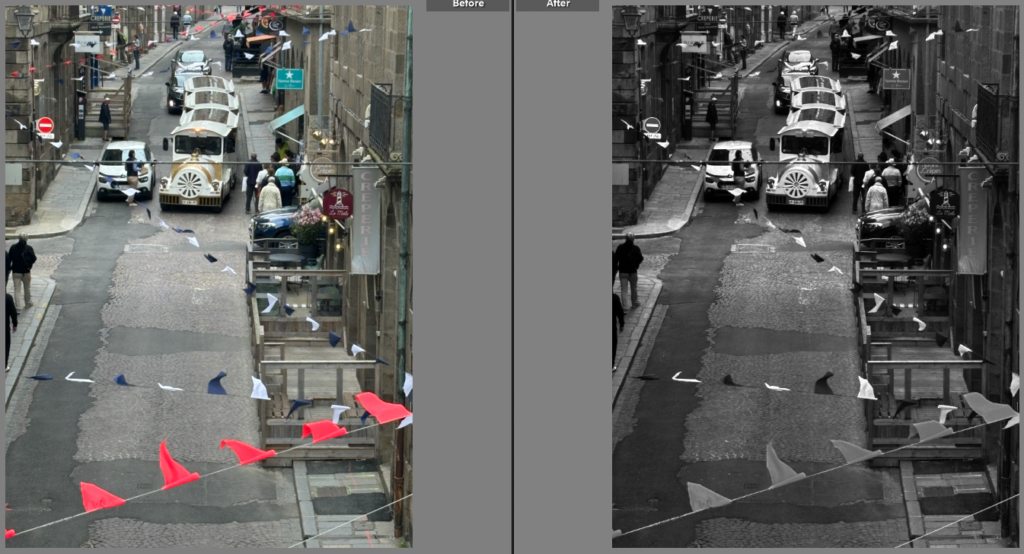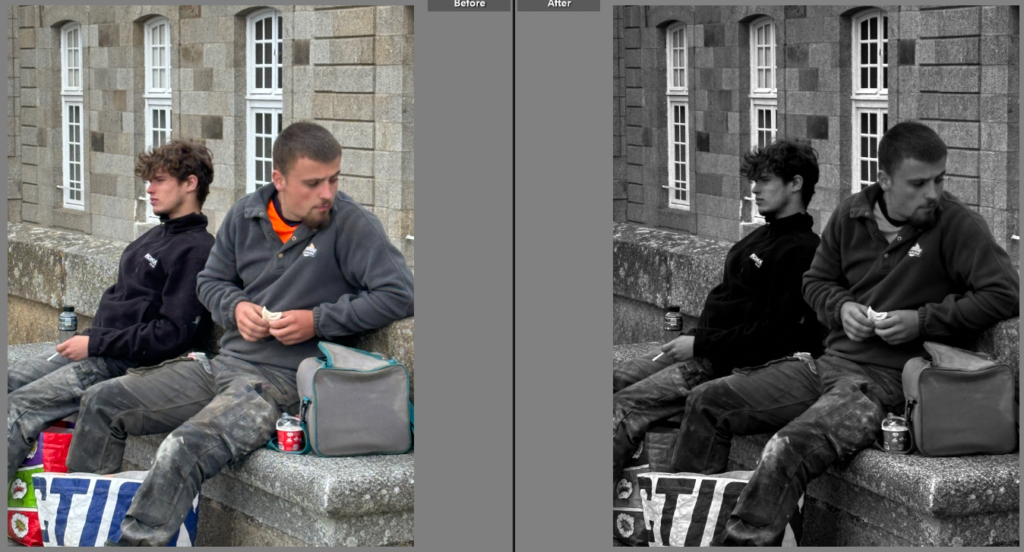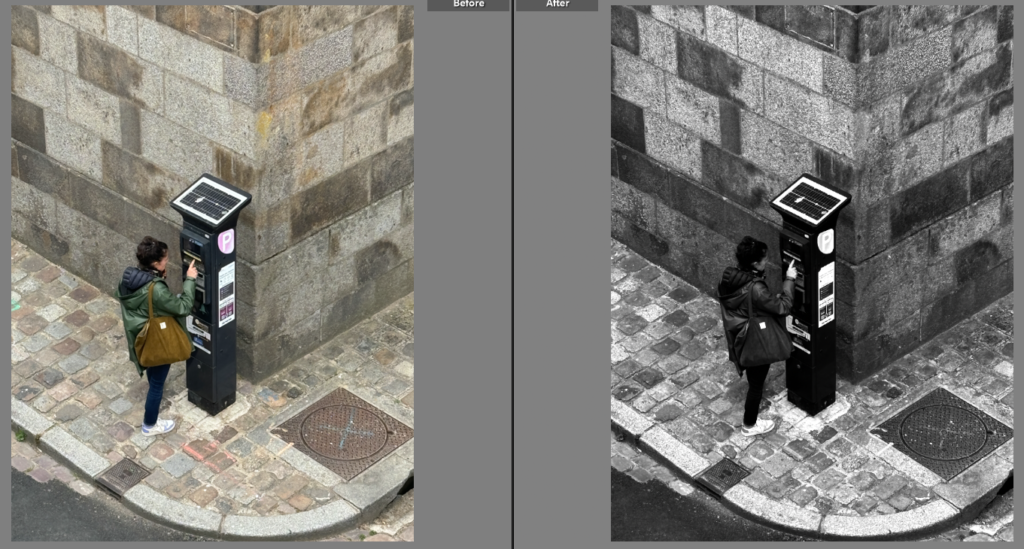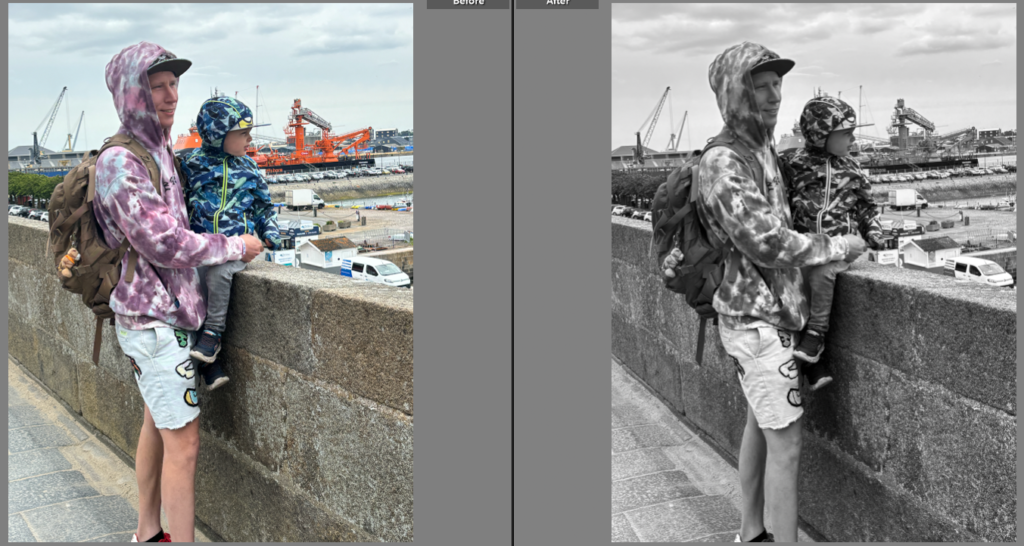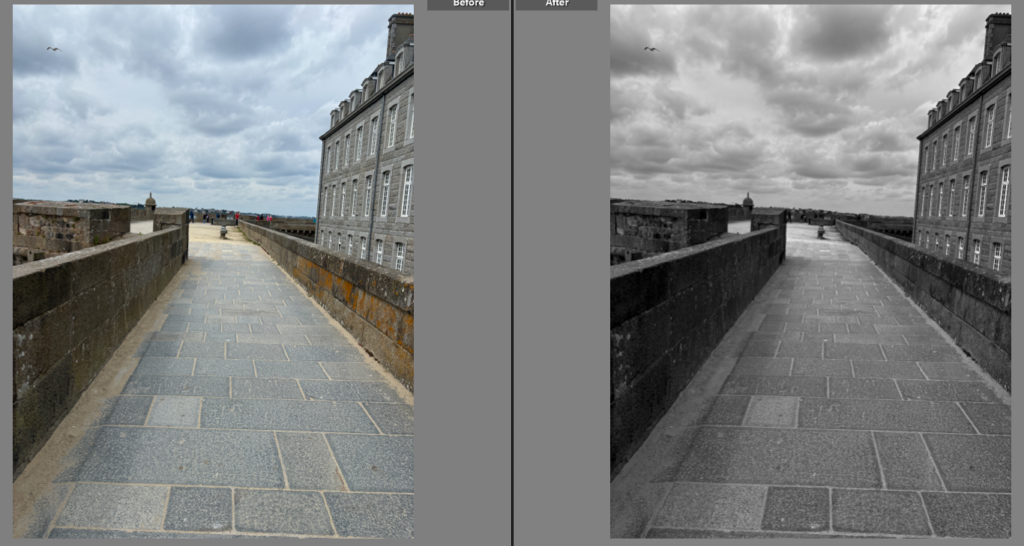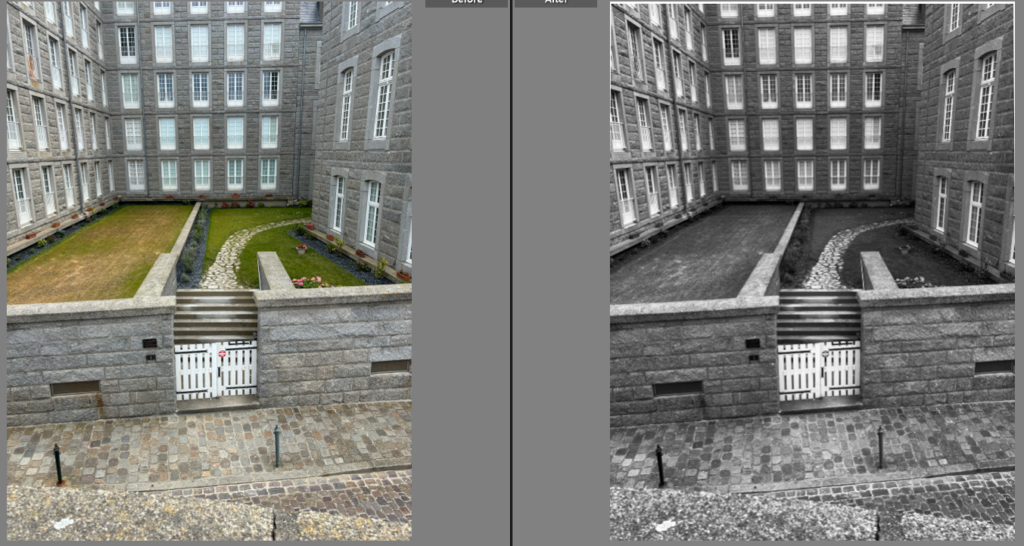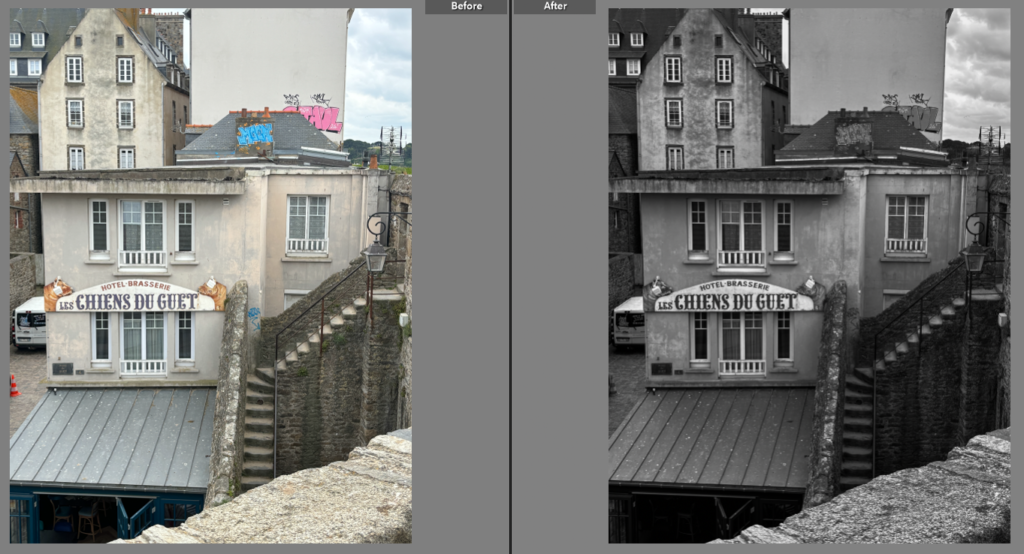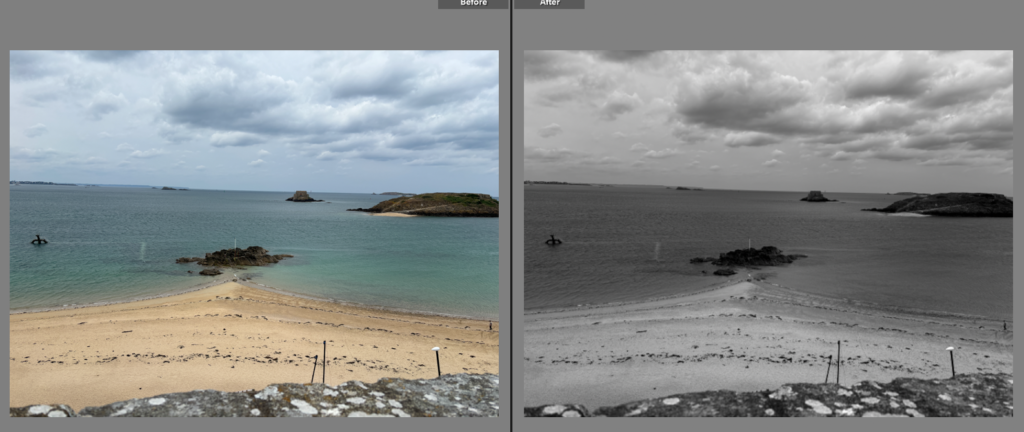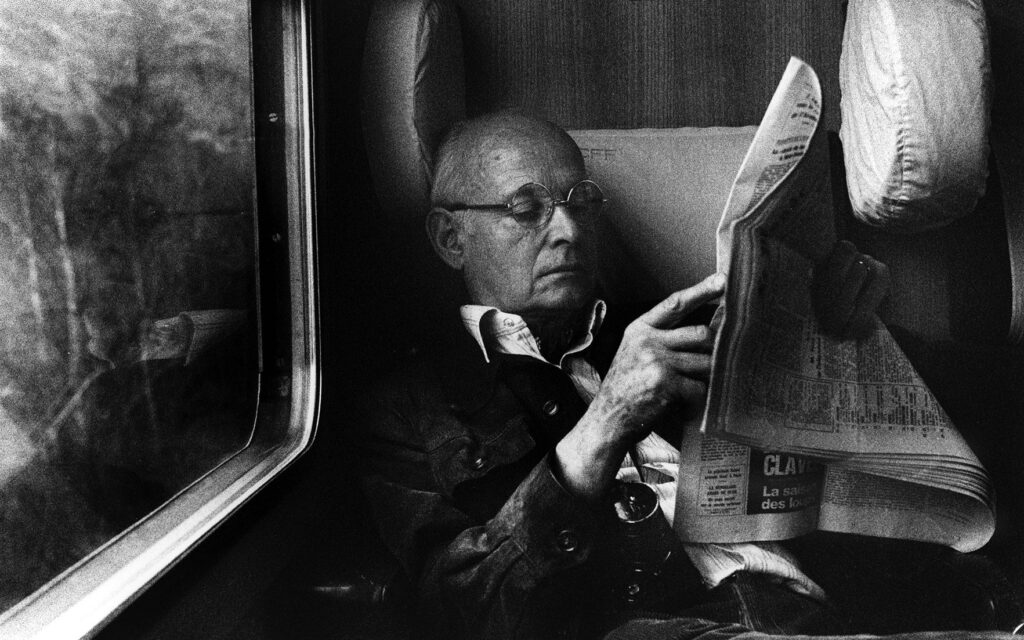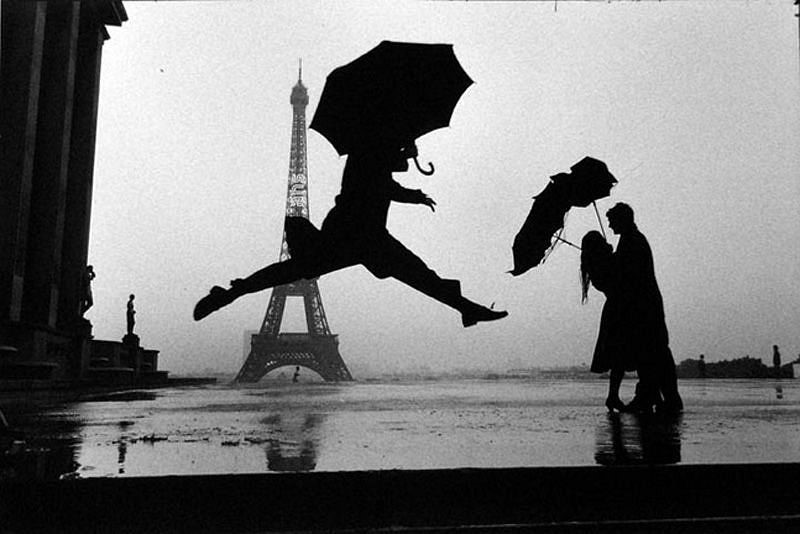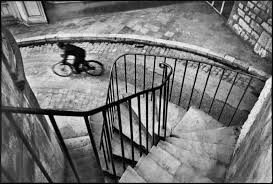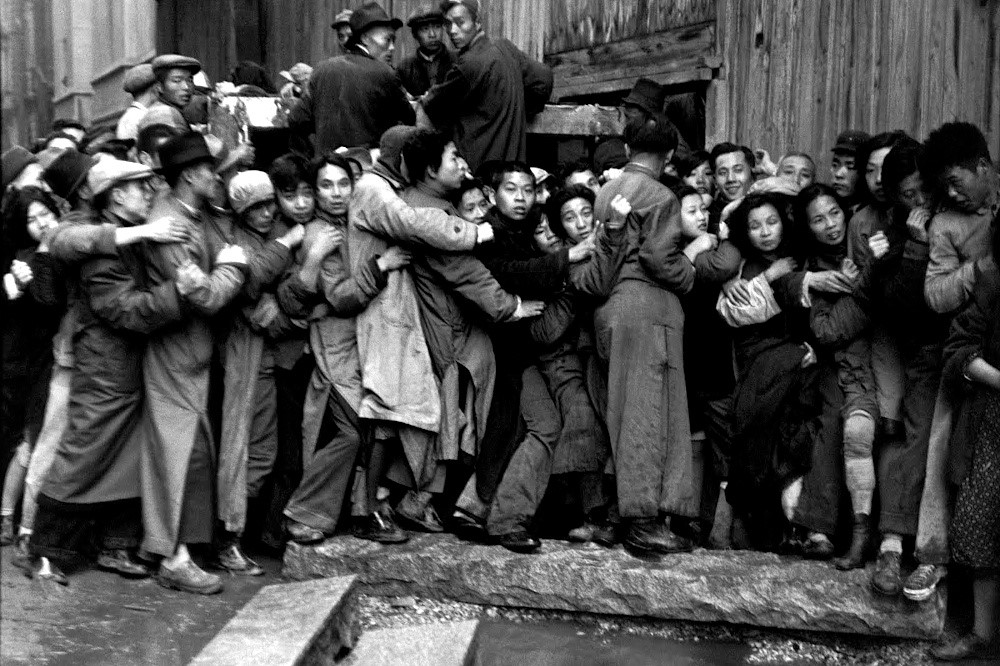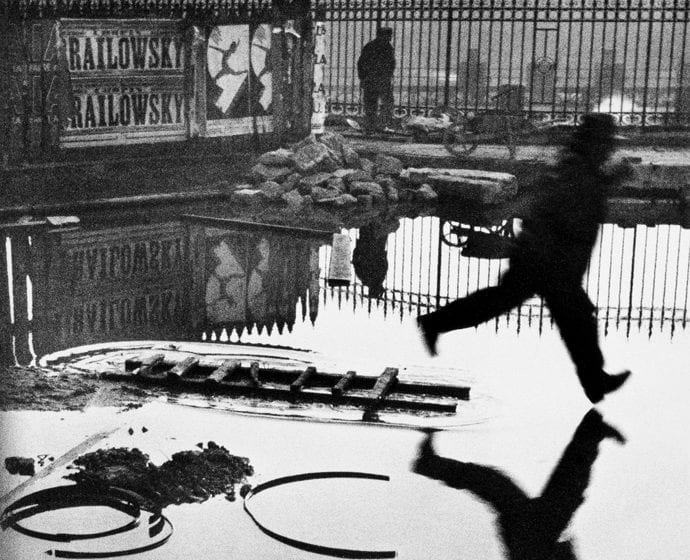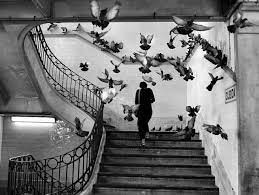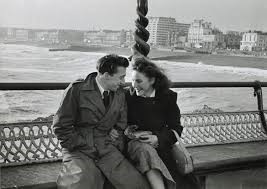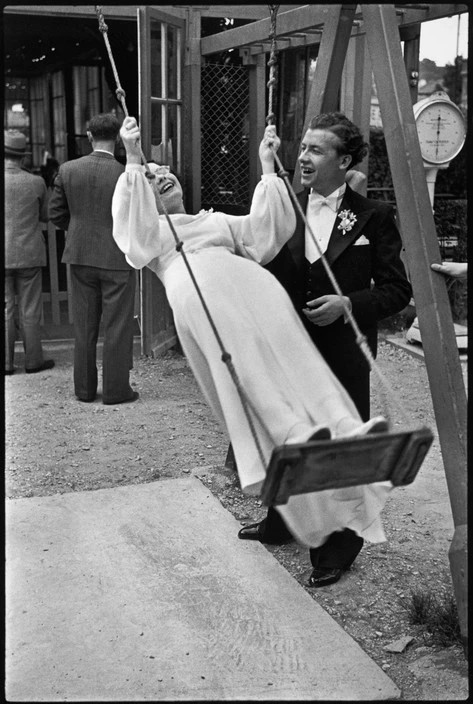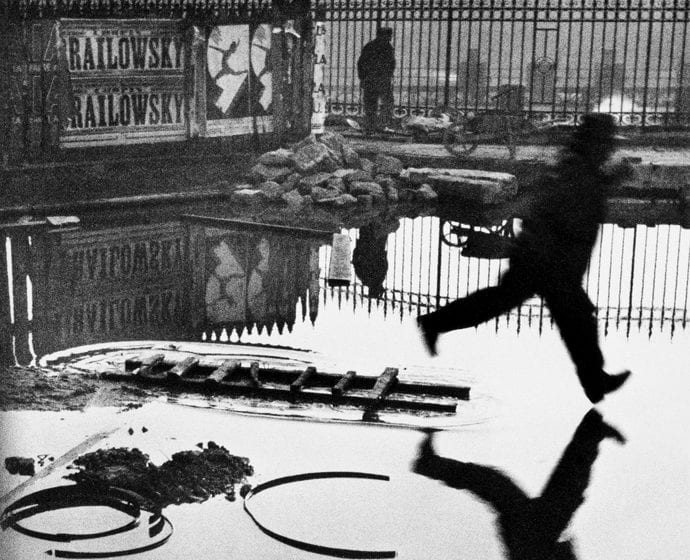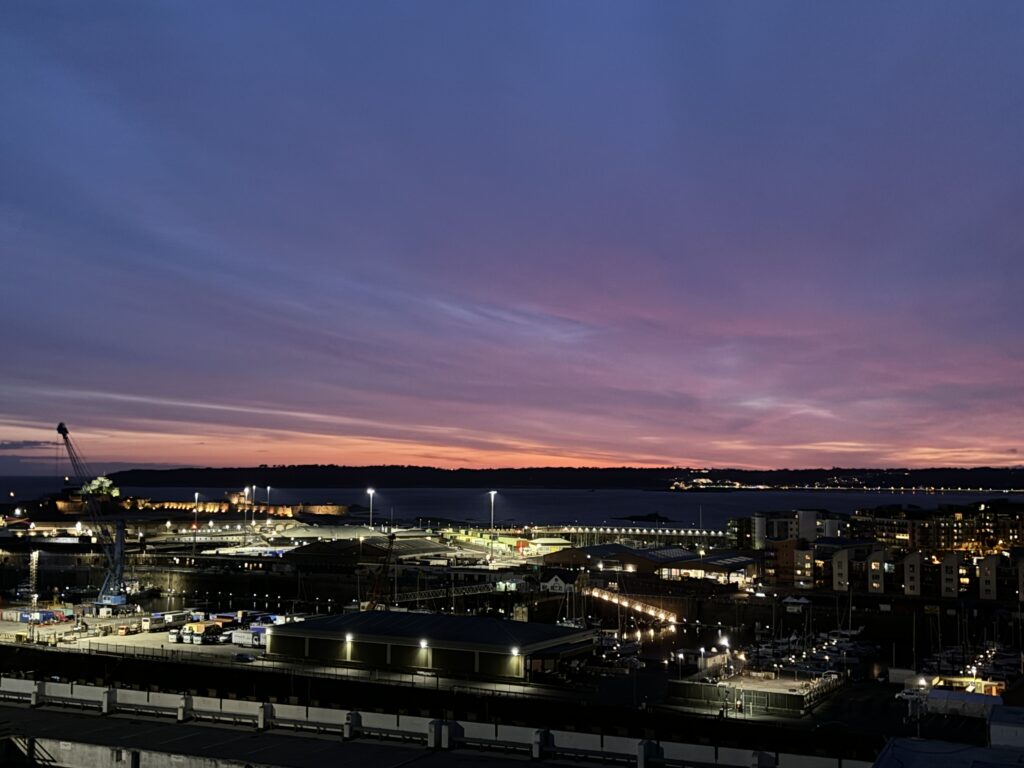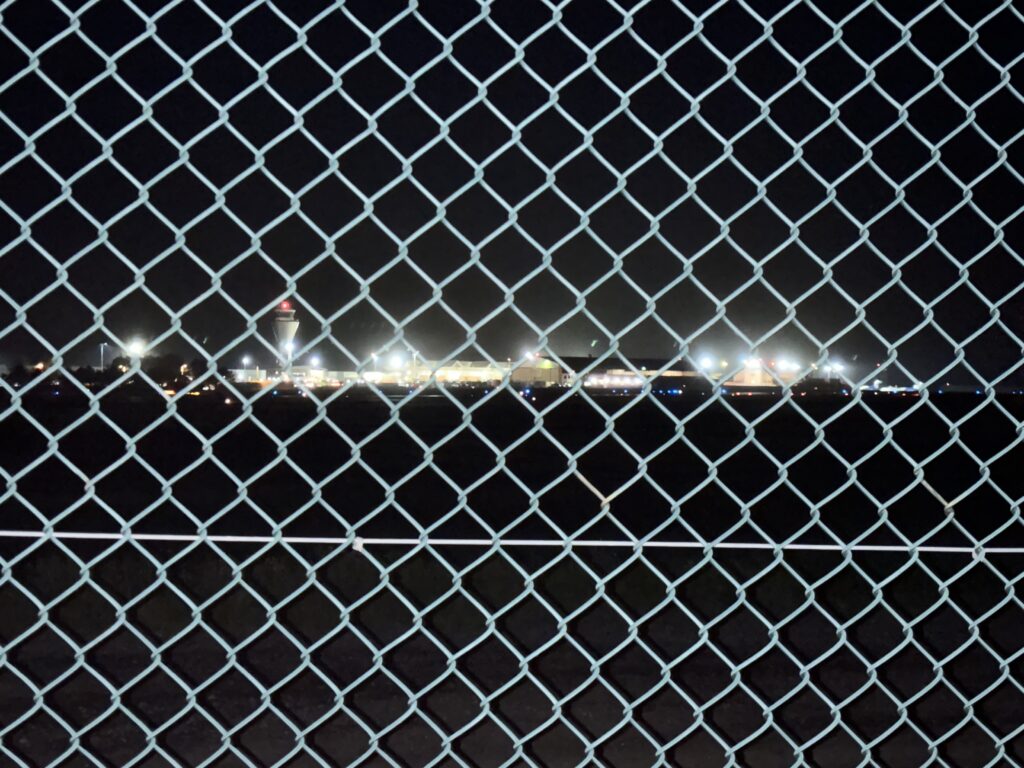What was the involvement of Jersey mariners in the Canadian cod-fisheries and the Transatlantic carrying trade?

It was said that the waters in New found land were some of the best waters to fish in for the cod that they wanted to sell across the world, this drew fishermen to the north of the continent and around 1600 English fishing captains still reported shoals. By the beginning of the 16th century Basque fishermen were travelling to the region to fish and by 1580 around 10,000 European fishermen were making the transatlantic voyage to the area each year to fish.
Which ports did Jersey ships sail to and trade with?

The harbour at St Helier was concentrated around La Folie in the English and French harbours. At low waters there was a landing stage at La Collette, to which passengers were ferried in small boats and picked up by waiting carriages and horse drawn omnibuses.
A concerted effort to build harbours did not take off until the late 17th century, when work began on building a pier on the islet on which St Aubin’s fort stands. During the 18th century St Aubin’s harbour proper was constructed and work began on developing St Helier as a port, although the capital had to wait until the 19th century before it really began to develop as a port.
It was during the early 19th century that stone piers were built at La Rocque, Bouley Bay, Rozel and Gorey, to accommodate the oyster boats. The harbour at Gorey also took passenger traffic from Normandy.
What type of goods did Jersey merchants exchange for cod-fish?

They exchanged things like rum and tobacco and sugar, molasses and plantation goods with the cod that they caught. They exchanged their cod with places in the Mediterranean such as Portugal and Spain. They also traded with the West Indies, Honduras and Brazil, where they traded things such as Mahogony and coffee


To what extend, has the island of Jersey benefitted from its constitutional relationship with Britain and the legacies of colonialism based on a slave plantation economy during the first Industrial Revolution (1760-1840)?
The move of Jersey’s allegiance from the Dukes of Normandy to the Kings of England became formalised with the Treaty of Paris in 1259, under which the English Crown gave up its claim to France, other than Gascony. In 1294 England lost Gascony to France leaving the Channel Islands as the only remaining “French” possession of the English Crown.






